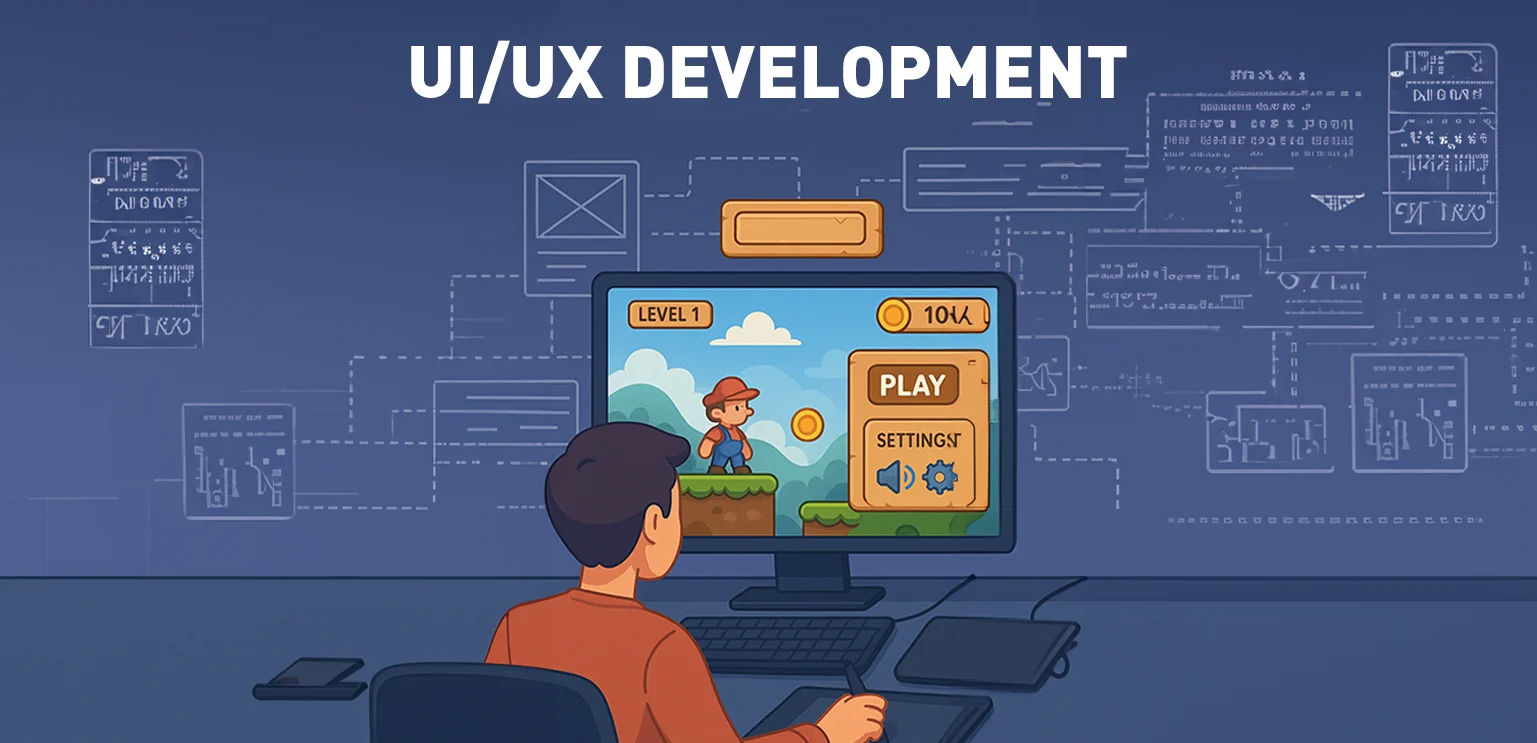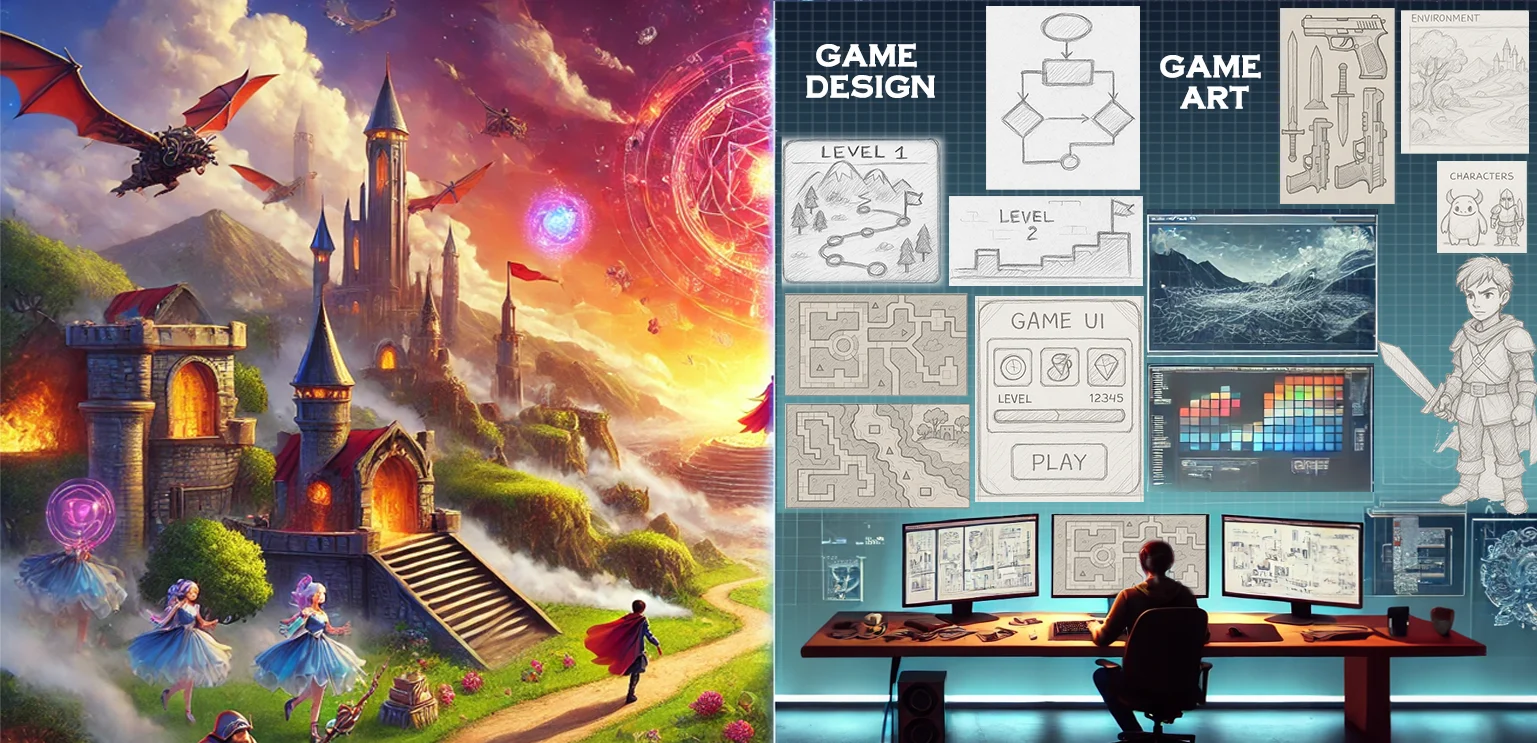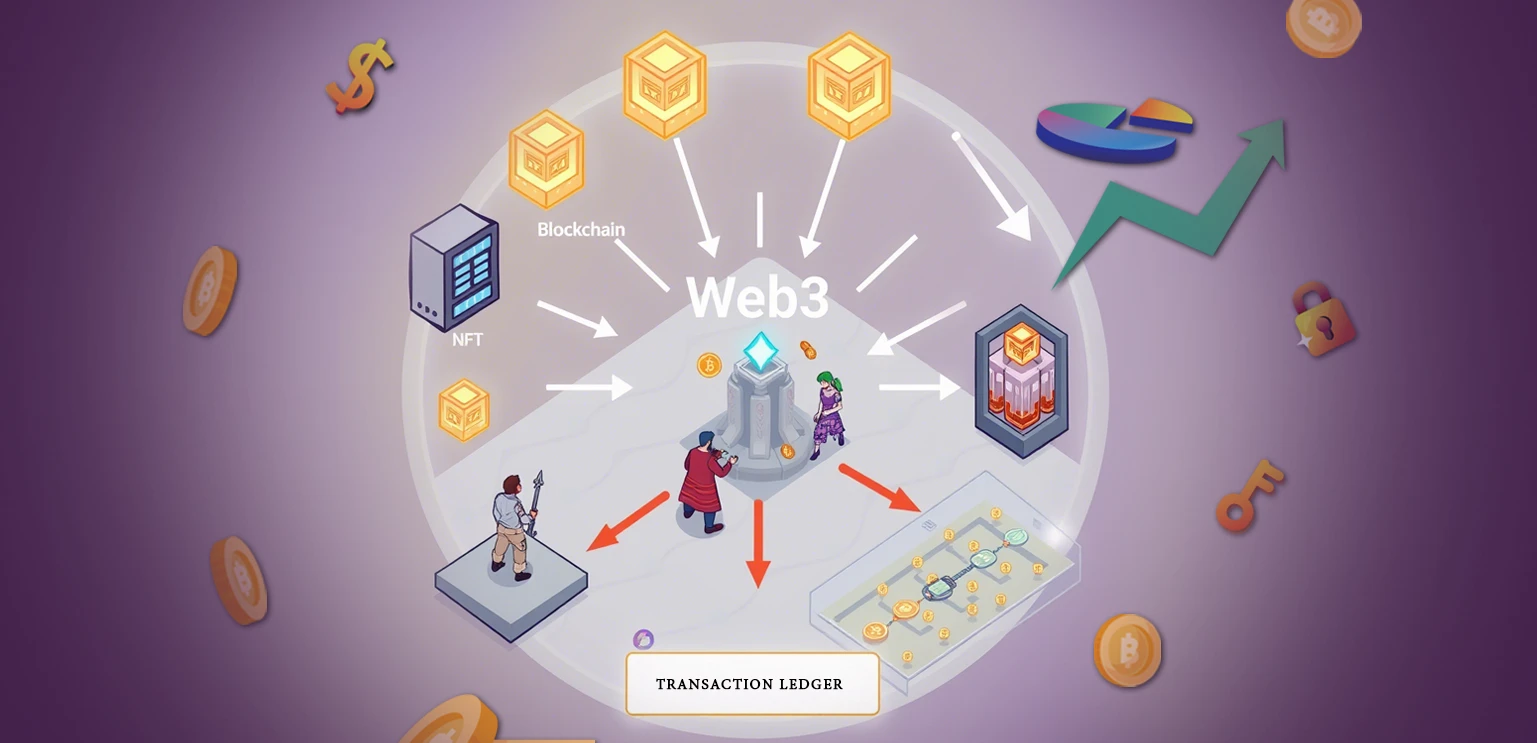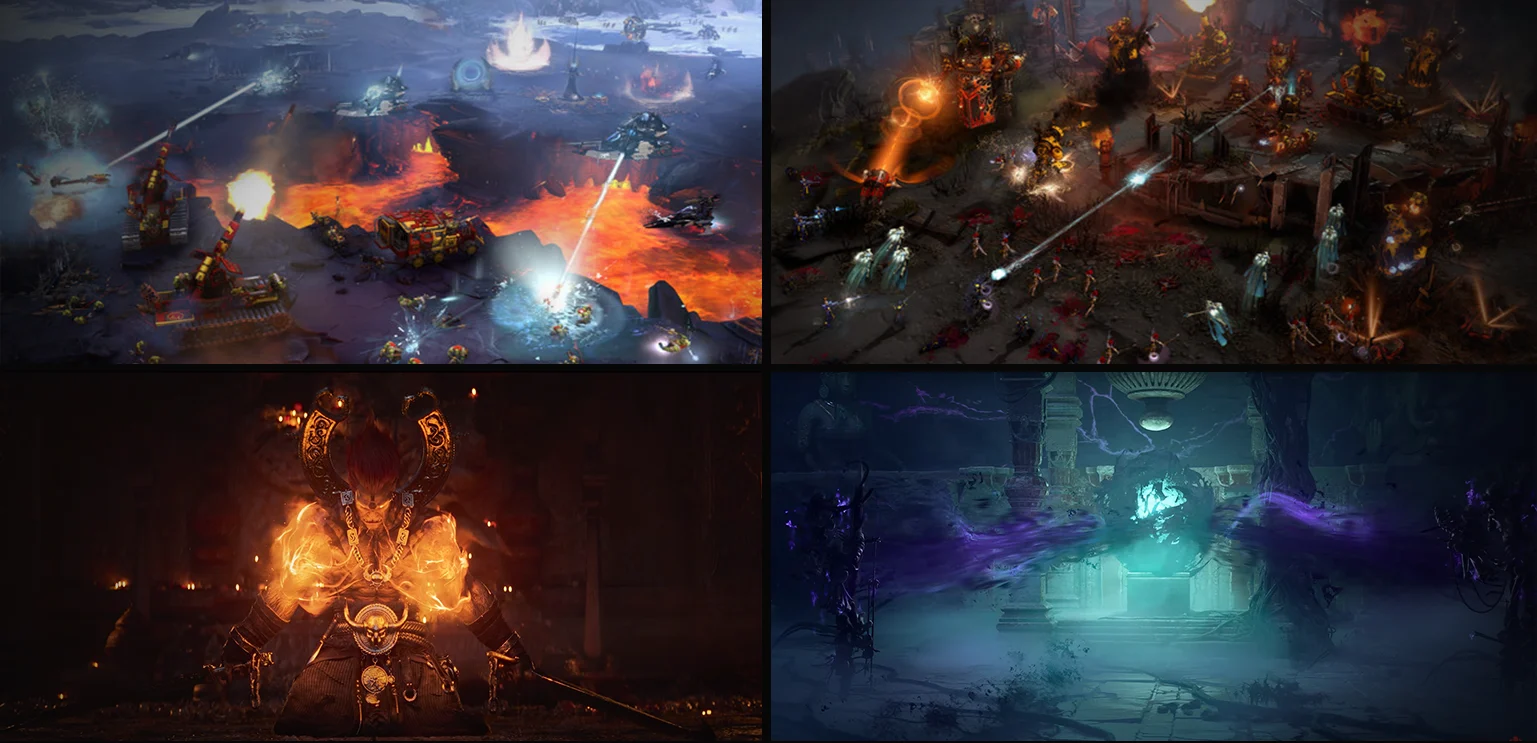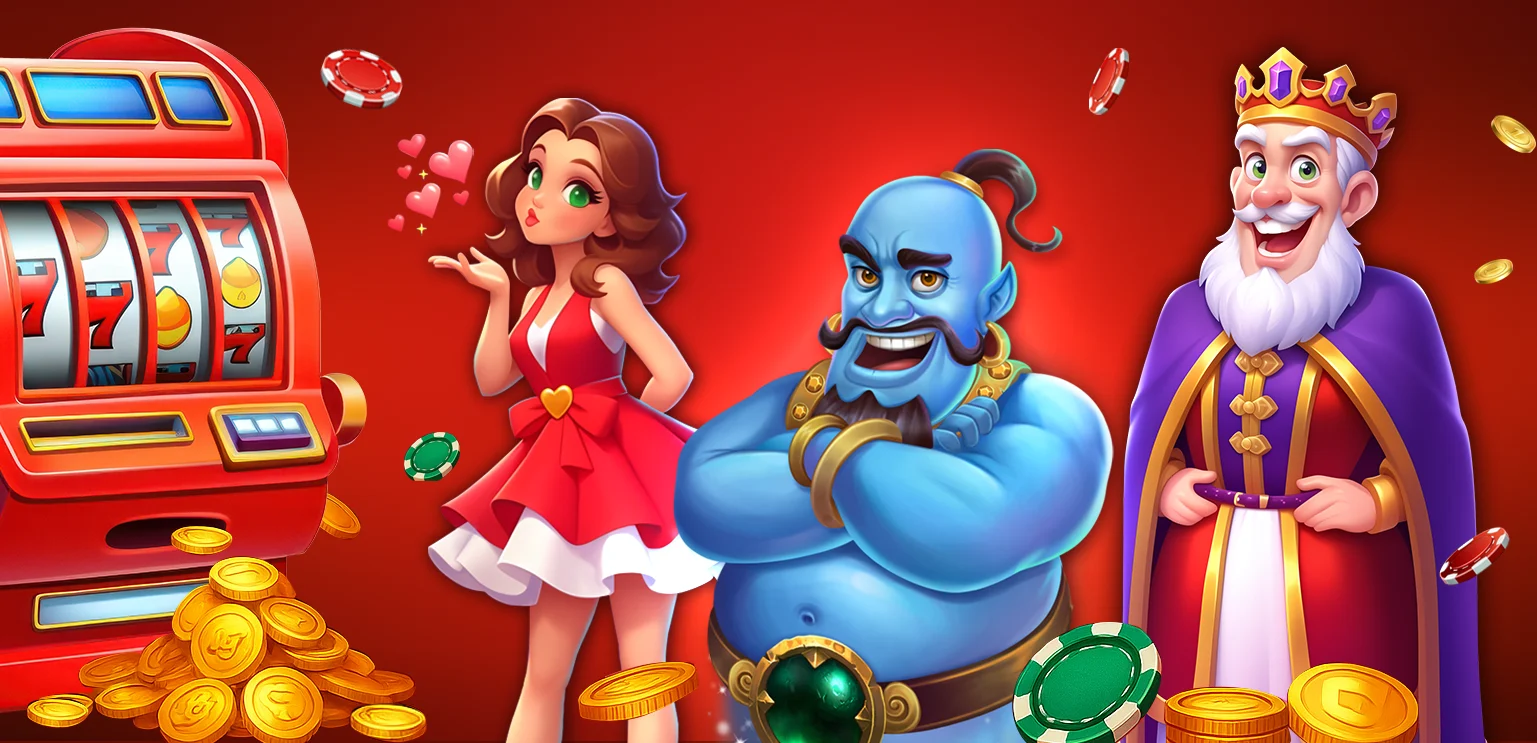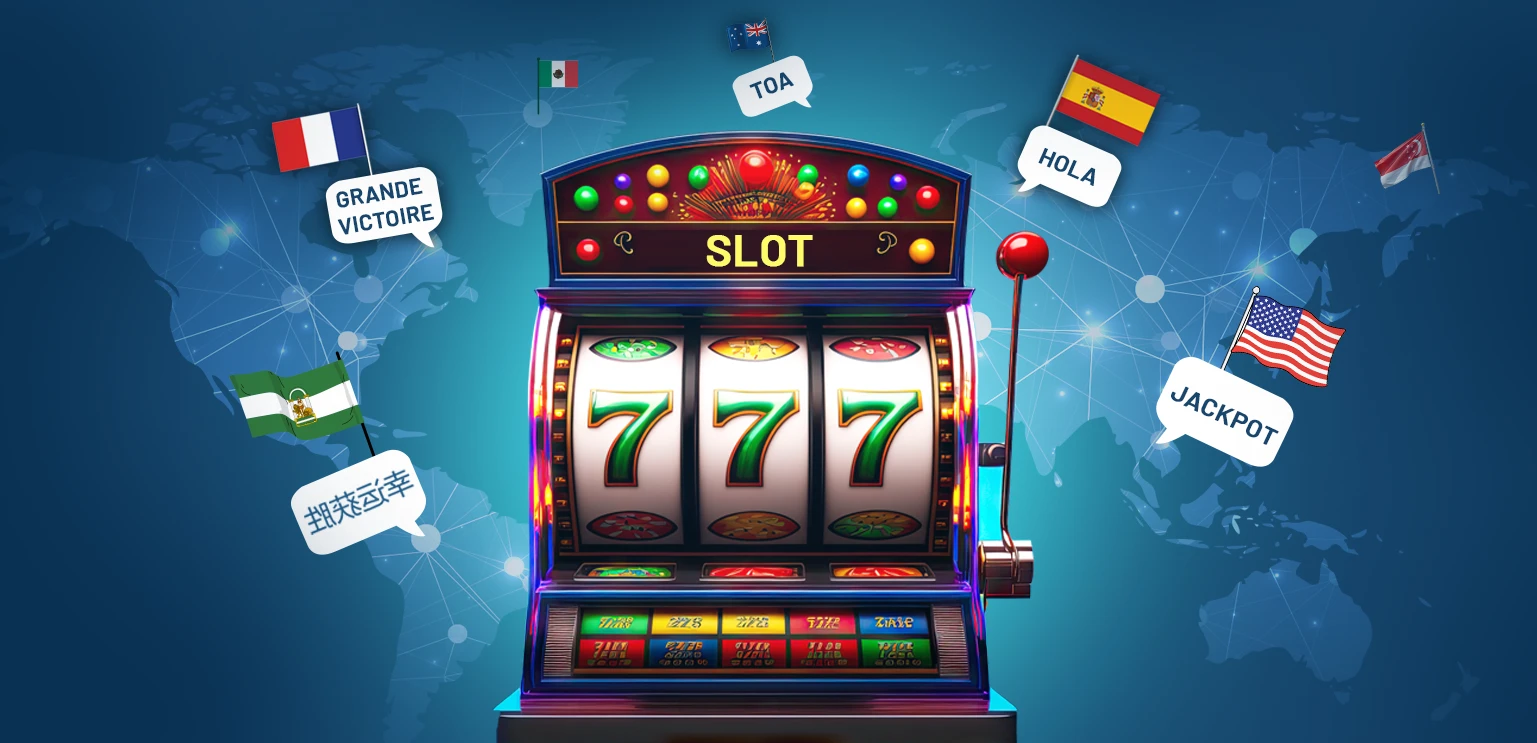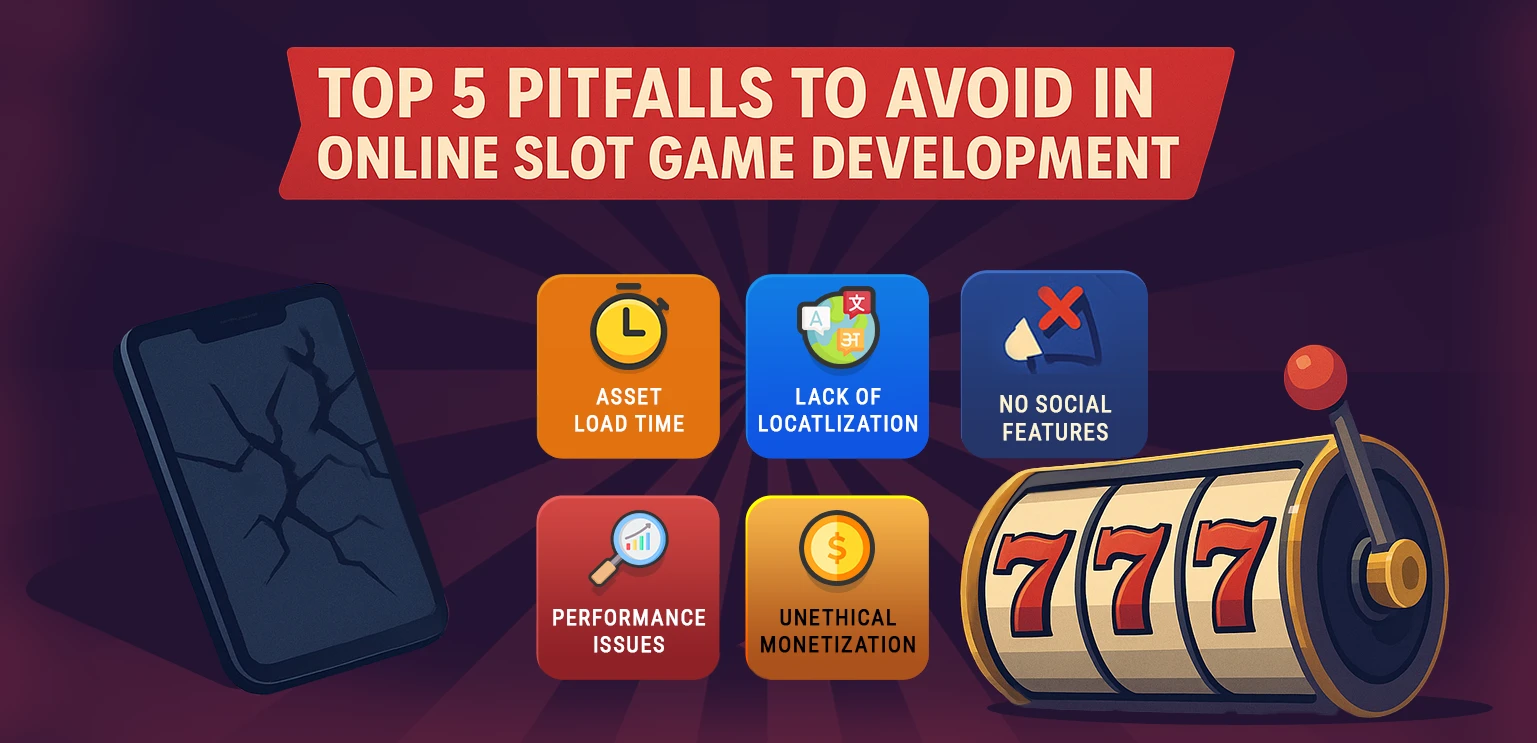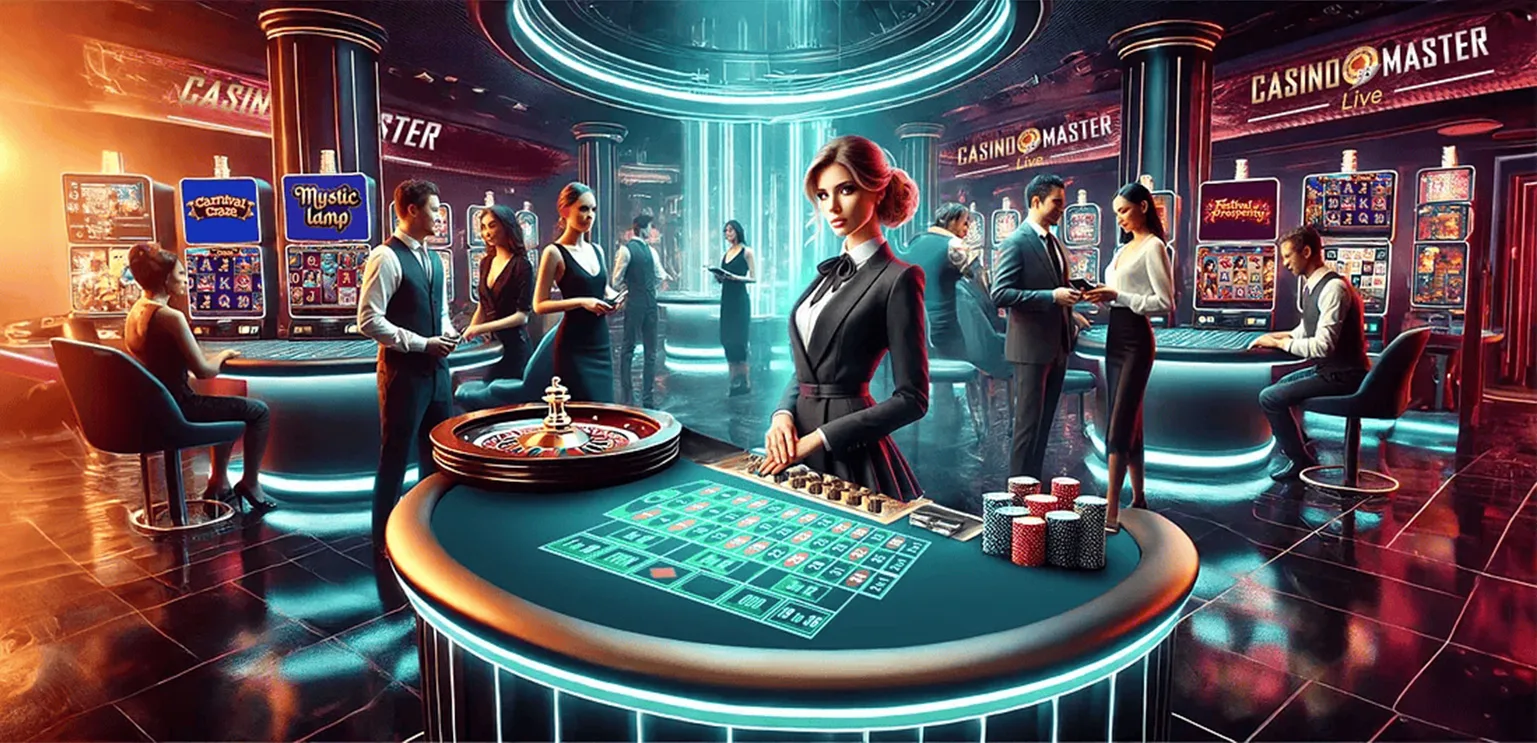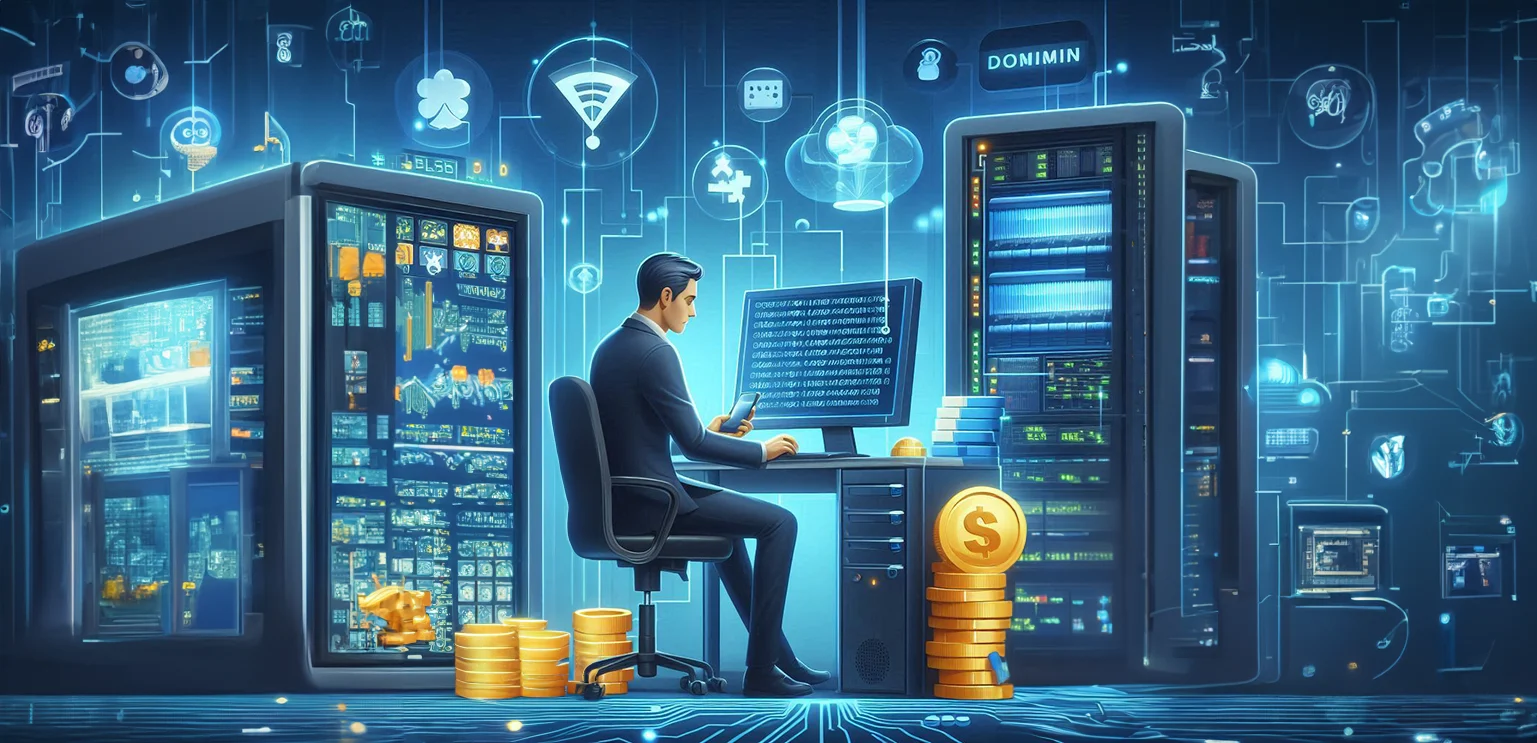Level Design in Video Games: Beginner’s Guide
Think back to the very first time you got lost in your favorite game. The thrill of exploring an unknown world, the excitement of a perfectly timed challenge, or the joy of discovering a secret area? None of that happened by accident. Behind every memorable game moment is a carefully crafted level designed to evoke specific emotions and guide your experience. For aspiring game developers and designers, level design is often where the magic truly begins.
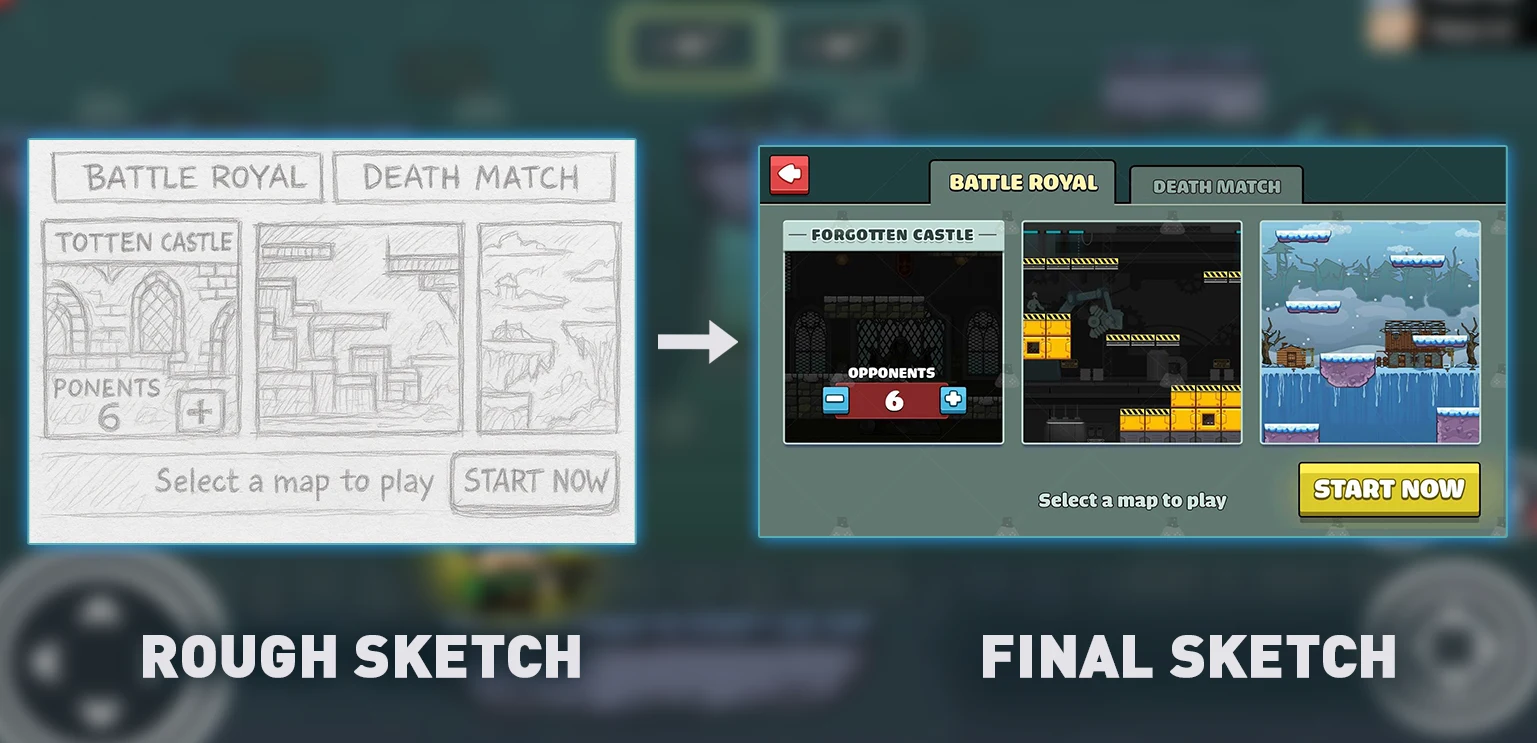
Whether stepping into game creation for the first time, understanding level design is the gateway to creating immersive, enjoyable experiences. Let’s break it down.
What Is Level Design in Video Games?
Level design is the process of creating the stages, maps, or missions that a player navigates in a video game. But it’s much more than placing walls and enemies on a screen. It’s about:
- Guiding the player without them feeling controlled.
- Balancing challenge and reward to keep players engaged.
- Telling a story through environments and gameplay.
It’s a delicate mix of game design, storytelling, psychology, and technical skill.
Why Level Design Matters
Great level design:
- Keeps players engaged and emotionally invested.
- Supports the narrative and gameplay mechanics seamlessly.
- Encourages exploration and replay ability.
Games like Dark Souls, Portal, Super Mario Bros., and The Last of Us are praised not just for graphics or mechanics, but for levels that feel alive and meaningful.
Types of Level Design
Understanding different types of levels can help you design more effectively:
-
Linear Levels
Players follow a set path from start to finish. Good for tight storytelling and action pacing. (Example: Call of Duty campaigns) -
Open-World
Massive environments where players choose their path. Requires careful placement of landmarks and goals. (Example: Breath of the Wild) -
Hub-Based Design
A central area connects to multiple paths or missions. Encourages exploration and progress. (Example: Dark Souls) -
Procedurally Generated
Levels are algorithmically created. Useful for rogue likes and endless games. (Example: Hades)
Beginner-Friendly Tools for Level Design
You don’t need an AAA studio budget to get started. Here are tools perfect for beginners:
- Unity + ProBuilder: Ideal for building 3D game levels using modular components, perfect for prototyping and quick layout iterations.
- Unreal Engine + Blueprint: Visual scripting and powerful rendering; ideal for cinematic games.
- Godot: Open-source, lightweight, and easy to learn.
- Tiled Map Editor: Perfect for 2D tile-based level design.
- Blockbench / MagicaVoxel: Good for stylized or voxel-based level elements.
Level Design Tips for Beginners
- Start with a Paper Sketch: Planning on paper helps visualize flow before you dive into software.
- Design Around Core Mechanics: Levels should showcase and challenge the game’s key mechanics.
- Guide Players with Visual Cues: Use lighting, color, and architecture to nudge players in the right direction.
- Playtest Early and Often: Your level is not finished until it's been tested by players. Expect to revise a lot.
- Balance Challenge and Fun: Introduce mechanics gradually. Don’t overwhelm the player.
Psychology in Level Design: Good level design taps into human behavior:
- Flow Theory: Keep difficulty just right to maintain player engagement.
- Reward Systems: Place items, secrets, or power-ups to keep exploration fun.
- Player Expectations: Set up and then subvert expectations to surprise or challenge.
Real-World Examples of Brilliant Level Design
- Super Mario Bros. World 1-1: Teaches everything you need to know through gameplay, no text required.
- Portal: Uses test chambers to increase puzzle complexity gradually.
- The Last of Us: Masterfully uses its environments to tell emotional stories without words, letting players feel the narrative through every abandoned home and quiet street.
- Celeste: Blends emotional storytelling with tightly designed, precision platforming, creating levels that challenge players while reflecting the main character’s inner journey.
Common Mistakes to Avoid
- Over-cluttering levels with too many elements
- Poor signposting (players don’t know where to go)
- Inconsistent difficulty curves
- Not aligning level design with game mechanics
How Gamix Labs Can Support Your Level Design Needs
Got a game idea? We at Gamix Labs are here to help make it real. Whether you’re an indie developer crafting your first level or a studio building a full-scale open world, our team provides:
- 3D level art and asset creation
- Game environment design
- Expert guidance on choosing tools and best practices
With experience across multiple genres and platforms, we help bring your vision to life—from le vel sketches to finished, playable environments.
Final Thoughts: Your First Level Is Just the Beginning
Level design is where art meets strategy. It’s where you shape the player’s journey, challenge their instincts, and evoke real emotion. Starting small, often testing, and learning from great games is the best way to improve. The world of level design is vast, but it all begins with one level—yours.
And when you're ready to turn your ideas into stunning, functional game levels, Gamix Labs is here to help.
